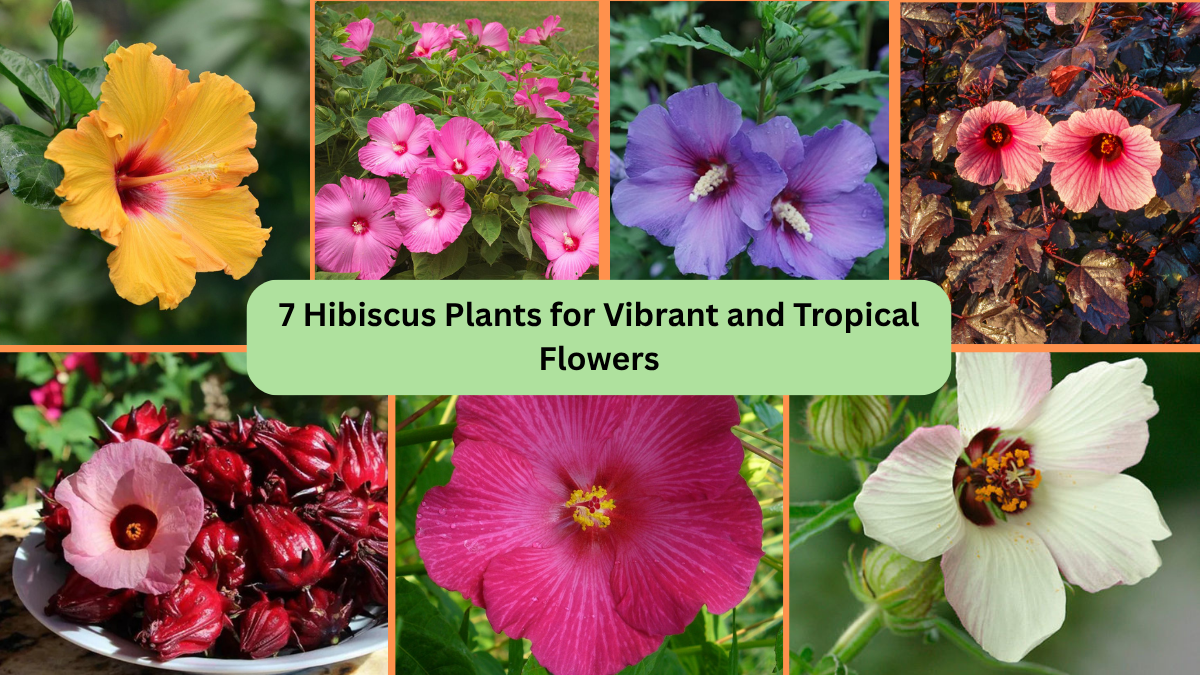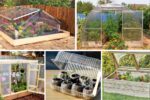Few plants can match the bold beauty and tropical flair of hibiscus. Known for their large, colorful, and exotic-looking blooms, hibiscus plants are a favorite among gardeners who want to turn their outdoor or indoor spaces into a vibrant paradise. From hardy varieties that can survive frosty climates to tropical hibiscus perfect for patios and sunny corners, there’s a hibiscus for every space and style. Let’s explore 7 stunning hibiscus plants you’ll want to grow for their radiant colors and lush foliage.
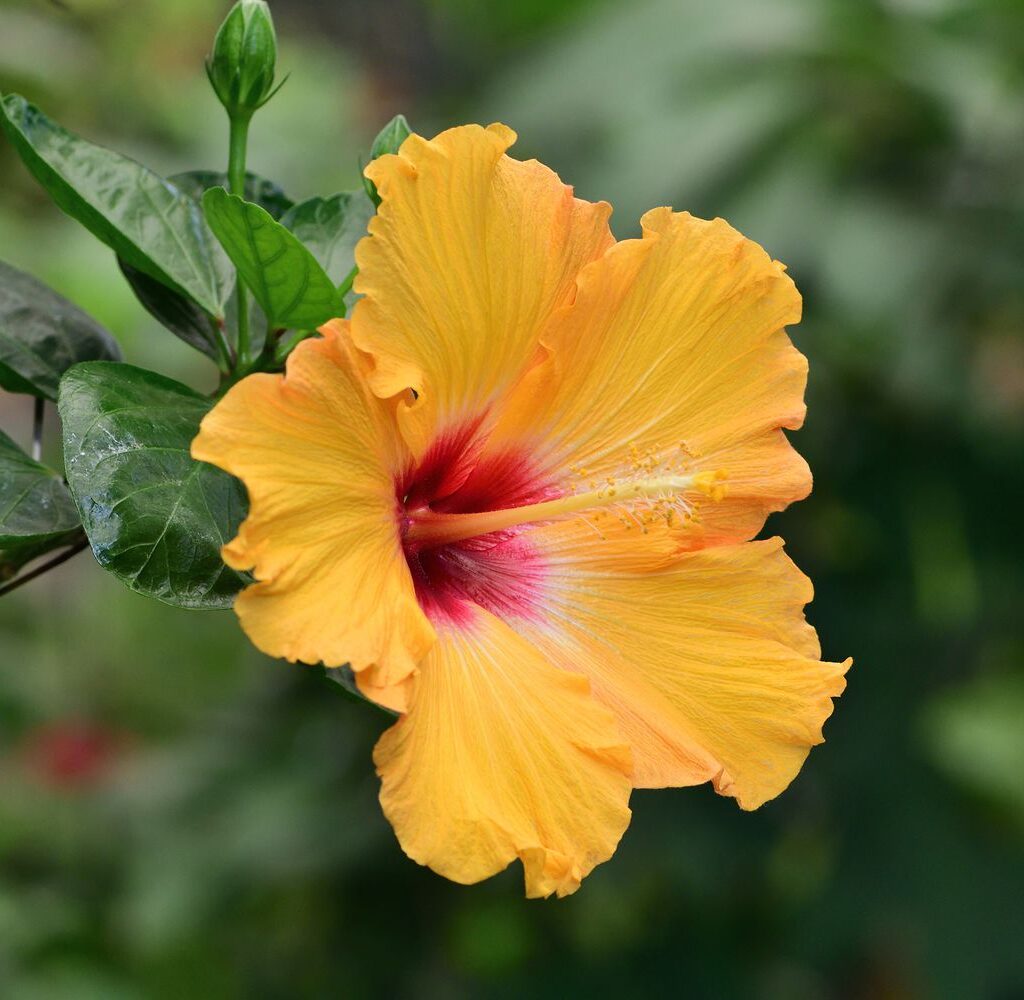
1. Hibiscus rosa-sinensis (Tropical Hibiscus)
Tropical Hibiscus is the showstopper of the hibiscus world, flaunting enormous, vividly colored flowers in shades of red, orange, yellow, pink, and multicolored blends. These heat-loving plants thrive in warm, sunny spots and perform beautifully in containers, patios, and tropical gardens. The blooms can reach up to 6 inches wide and often feature eye-catching ruffled or overlapping petals. Though they’re sensitive to cold, tropical hibiscus can be overwintered indoors or in a greenhouse for year-round enjoyment.
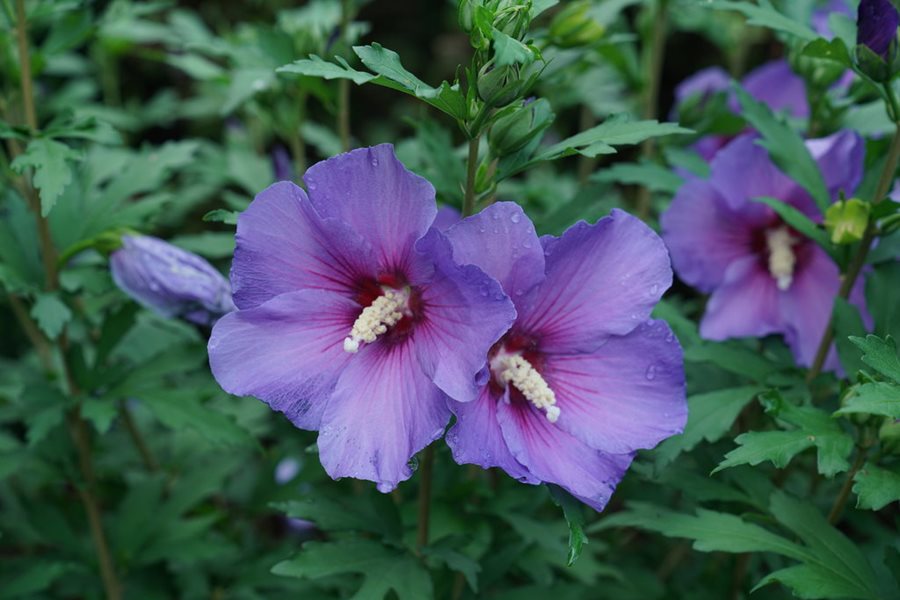
2. Hibiscus syriacus (Rose of Sharon)
A hardy, deciduous shrub, Rose of Sharon produces an abundance of gorgeous, bell-shaped flowers in mid to late summer. Available in hues of purple, white, pink, and blue, this hibiscus can grow up to 8-12 feet tall and makes an excellent flowering hedge, privacy screen, or specimen plant. It’s adaptable to a range of soil types and thrives in full sun to partial shade. Its tolerance to cold and low-maintenance nature make it a reliable choice for temperate gardens.
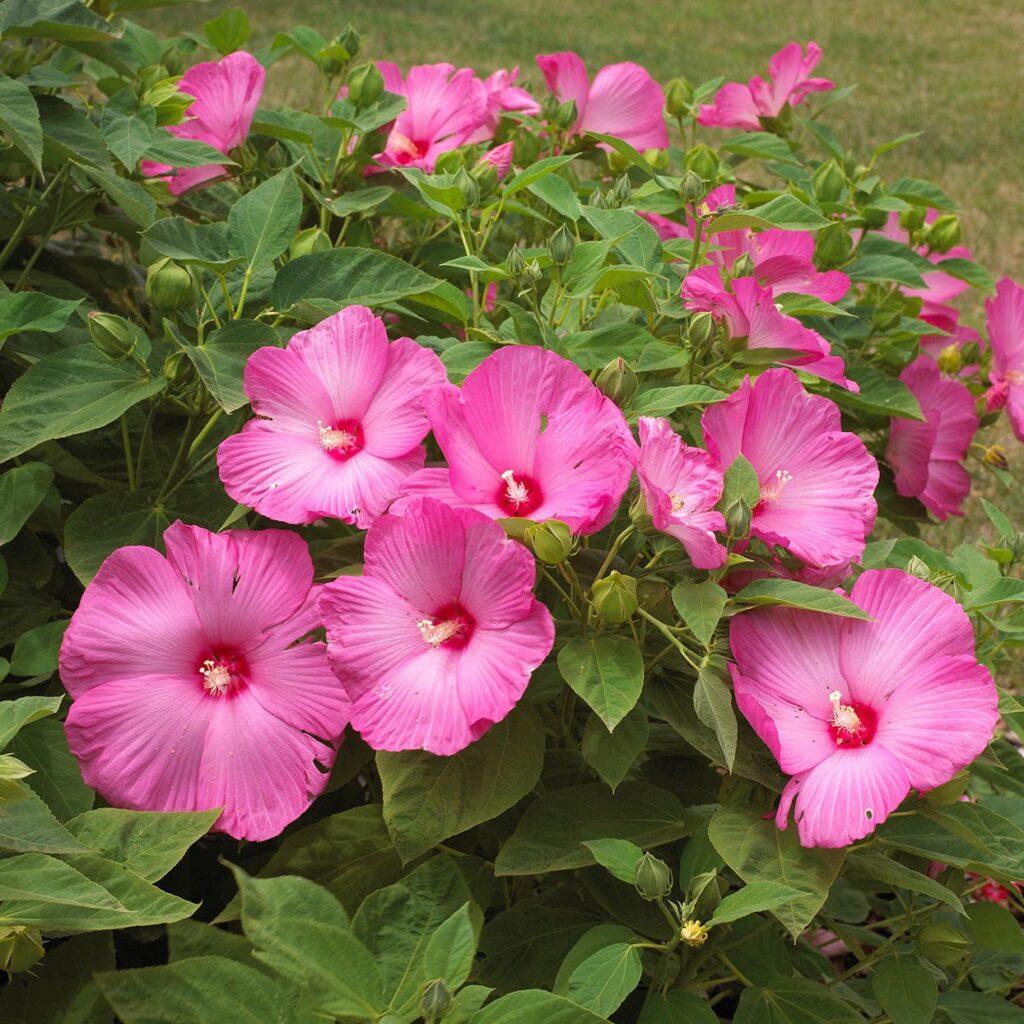
3. Hibiscus moscheutos (Hardy Hibiscus)
If you’re after dramatic, dinner-plate-sized blooms, Hardy Hibiscus is your plant. Also known as Swamp Mallow, this variety showcases flowers up to 12 inches across in shades of white, pink, and red, often with contrasting centers. Perfect for wet areas like pond edges or rain gardens, Hardy Hibiscus prefers full sun and consistently moist soil. Despite its tropical appearance, it’s frost-hardy and will die back in winter, regrowing vigorously each spring with even more stunning blooms.
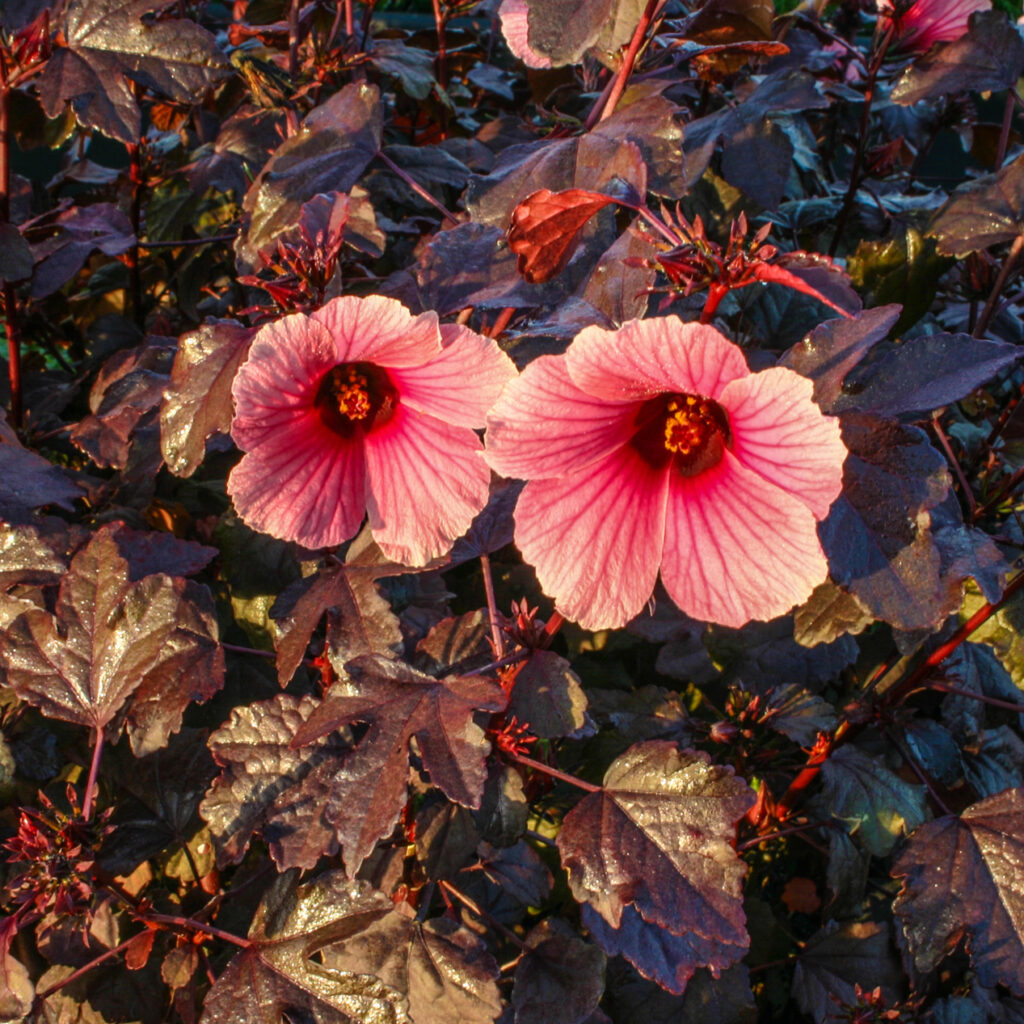
4. Hibiscus acetosella (Red Leaf Hibiscus)
For a plant that offers both bold flowers and striking foliage, Red Leaf Hibiscus is a top pick. This fast-growing, tropical shrub features deep burgundy, maple-like leaves and produces bright crimson or pink flowers that pop against the dark foliage. It’s a favorite for adding contrast in tropical gardens or large containers. While its flowers are lovely, its rich, colorful leaves are the main attraction. It thrives in warm climates but can be grown as an annual or overwintered indoors in colder regions.
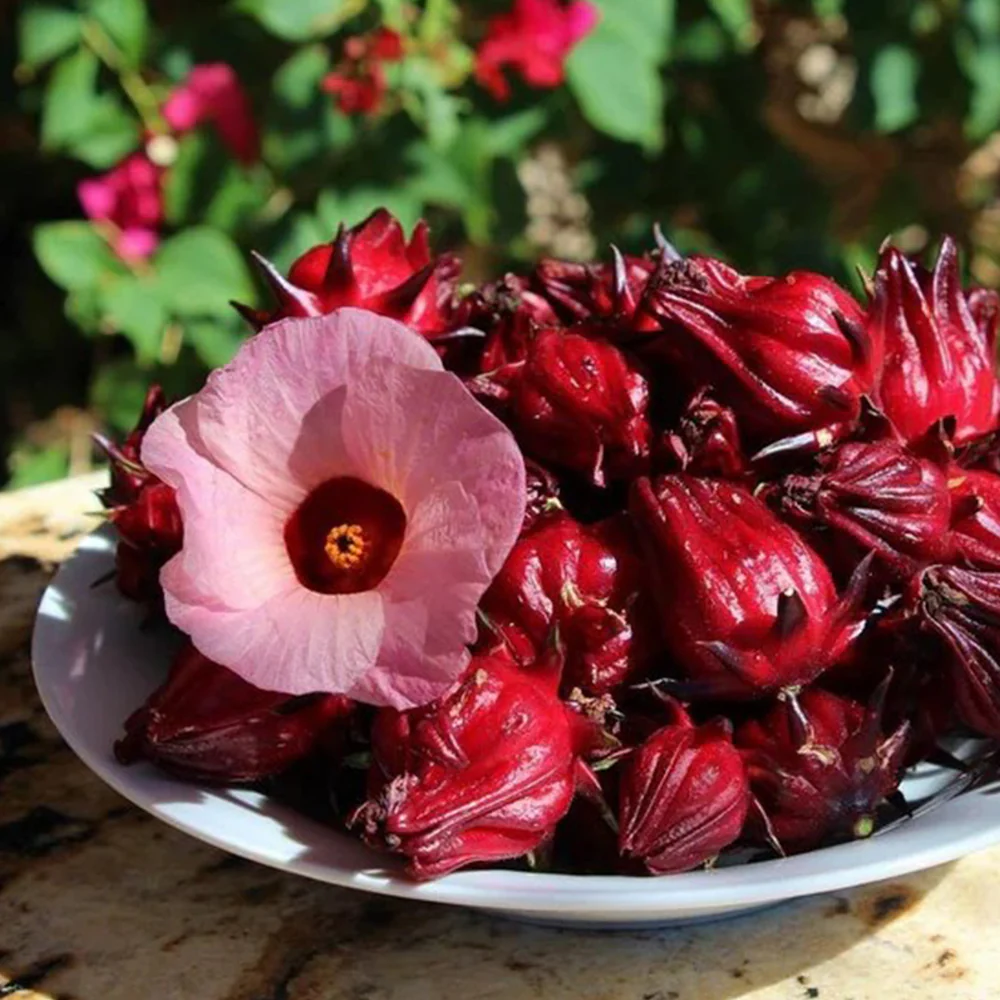
5. Hibiscus sabdariffa (Roselle Hibiscus)
Known for its tart, cranberry-like flavor, Roselle Hibiscus is widely grown for both ornamental and culinary uses. Its brilliant red calyces are used to make teas, jams, and sauces, while its pretty, pale yellow flowers add charm to gardens. Growing up to 6 feet tall, this plant loves heat and full sun, thriving in warm, tropical to subtropical climates. Besides its beauty, Roselle is packed with antioxidants and is valued for its health benefits, making it a dual-purpose garden star.
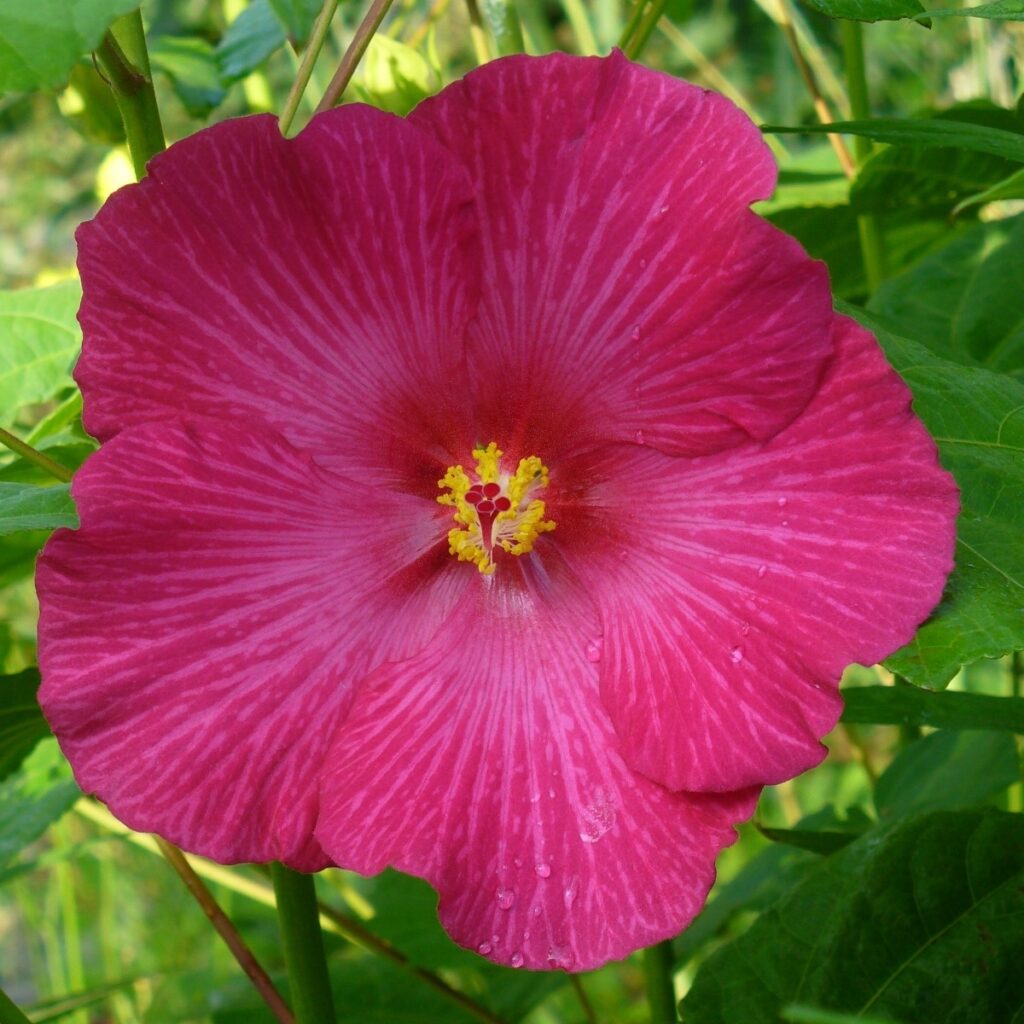
6. Hibiscus mutabilis (Confederate Rose)
A captivating, old-fashioned favorite, Confederate Rose delights with large blooms that change color as they age — typically starting white, turning pink, and ending deep rose by evening. This fast-growing shrub can reach 10-15 feet in warmer regions and produces showy, multi-layered flowers resembling peonies. It loves full sun, fertile soil, and regular watering. Confederate Rose adds a nostalgic, cottage-garden feel to landscapes and makes an excellent specimen or backdrop plant in mixed borders.
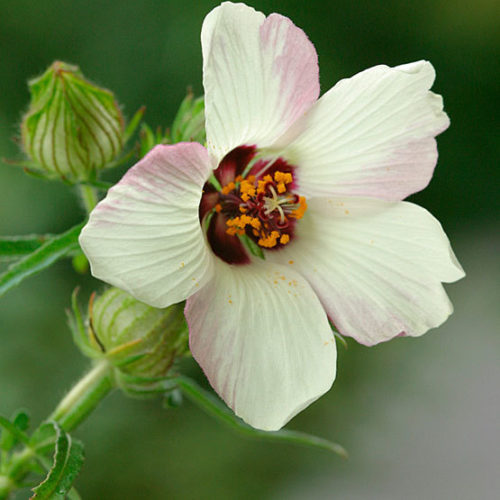
7. Hibiscus trionum (Flower-of-an-Hour)
For something charming and unusual, try Flower-of-an-Hour, a small, annual hibiscus known for its delicate cream to pale yellow flowers with dark purple centers. Each bloom lasts only a few hours, but the plant produces flowers continuously during its growing season. Ideal for cottage gardens, wildflower patches, and container displays, this compact plant typically grows 1-2 feet tall. It’s low-maintenance and adaptable to a range of soil types, thriving in sunny spots with moderate moisture.
Final Thoughts
Whether you crave the tropical glamor of Hibiscus rosa-sinensis or the classic charm of Confederate Rose, these seven hibiscus plants bring a burst of vibrant color, exotic appeal, and pollinator-friendly blooms to your garden. Easy to grow and rewarding to care for, hibiscus plants turn everyday spaces into tropical escapes. Pick a few of these beauties to add color, character, and lush blooms to your garden, patio, or balcony.
Would you like a care and propagation guide for hibiscus next? I’d be happy to help you keep these showy blooms thriving!
